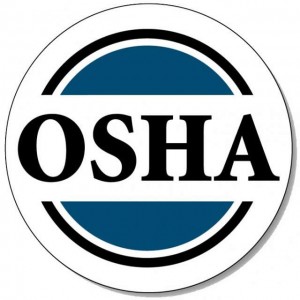On January 17, the Occupational Safety and Health Administration (OSHA) issued Recommended Practices for Anti-Retaliation Programs to help employers create  workplaces in which workers feel comfortable voicing their concerns without fear of retaliation. The recommendations are intended to apply to all public and private sector employers covered by the 22 whistleblower protection laws that OSHA enforces.
workplaces in which workers feel comfortable voicing their concerns without fear of retaliation. The recommendations are intended to apply to all public and private sector employers covered by the 22 whistleblower protection laws that OSHA enforces.
The recommendations are adaptable to most workplaces, and employers may adjust them for such variables as number of employees, the makeup of the workforce, and the type of work performed. The concepts can be used to create a new program or enhance an existing one.
The document outlines five key elements of an effective anti-retaliation program:
- Management leadership, commitment, and accountability
- System for listening to and resolving employees’ safety and compliance concerns
- System for receiving and responding to reports of retaliation
- Anti-retaliation training for employees and managers
- Program oversight
“These recommended practices will provide companies with the tools to create a robust anti-retaliation program,” said Jordan Barab, acting assistant secretary of labor for occupational safety and health. “In the long run, it’s good for workers and good for business.”
An initial draft of the Recommended Practices was posted for review and comment in the fall of 2016. The final document incorporates many of these comments, as described here.
These recommendations are advisory only and do not interpret or create any legal obligations, or alter existing obligations created by OSHA standards or regulations.
OSHA enforces the whistleblower provisions of Section 11(c) of the OSH Act, and 21 other statutes protecting employees who report violations of various securities laws, trucking, airline, nuclear power, pipeline, environmental, rail, maritime, health care, workplace safety and health regulations, and consumer product safety laws. For more information, visit www.whistleblowers.gov.
Under the Occupational Safety and Health Act of 1970, employers are responsible for providing safe and healthful workplaces for their employees. OSHA’s role is to ensure these conditions for America’s working men and women by setting and enforcing standards, and providing training, education and assistance. For more information, visit www.osha.gov.




